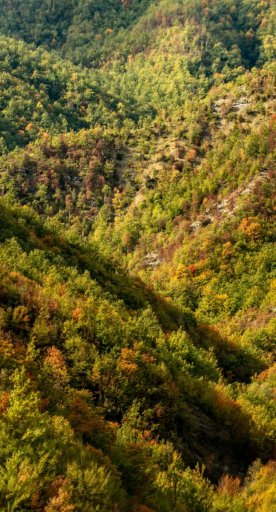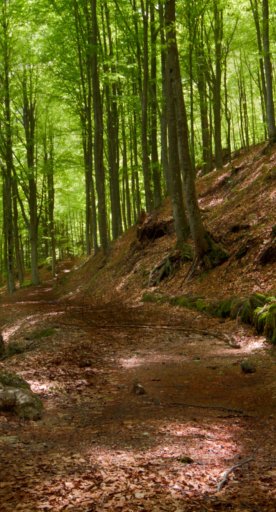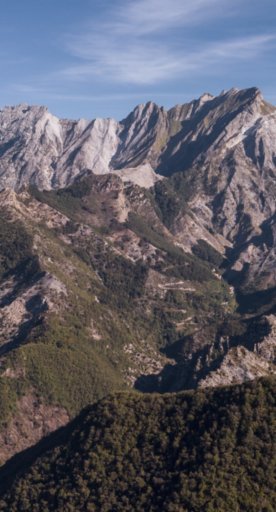Tuscan Valtiberina

Homeland of Renaissance masters, from Michelangelo to Piero della Francesca
Show more
Tuscan Valtiberina
Homeland of Renaissance masters, from Michelangelo to Piero della Francesca
Go to the area


















